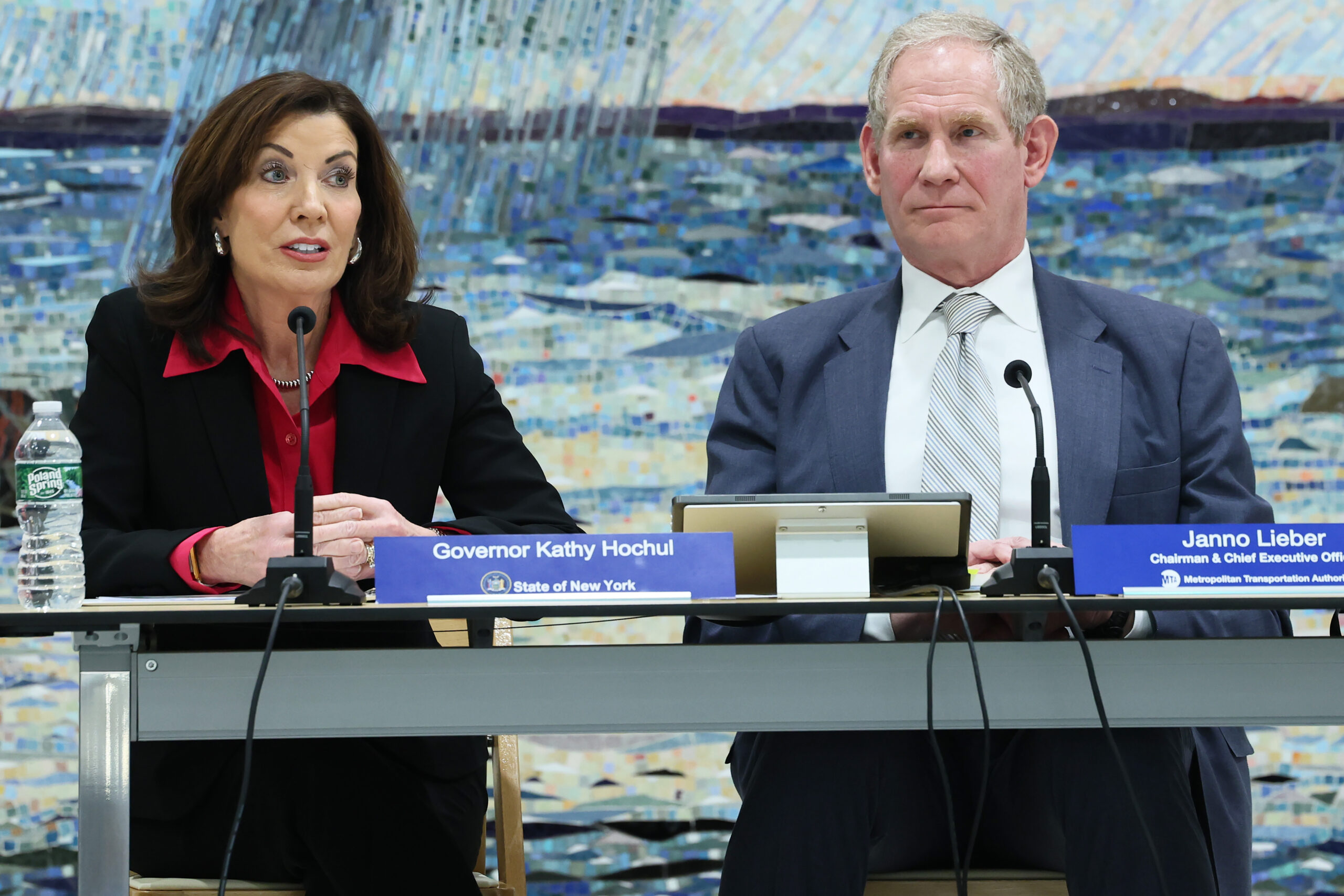
"If there's any wisdom in the classic tune, "Little Things Mean a Lot," then feature the fare hike by Governor Kathy Hochul's Metropolitan Transportation Authority to $3 a ride. New Yorkers are irate, per the New York Post, with a resident at a hearing griping at the MTA brass: "Are you delusional?" To be sure, the extra dime might not break the bank for most riders - at least not for those who pay the fare. There's the rub, though. Who's paying?"
"Call it the $800 million question. That grim statistic is, per the MTA's chairman, Janno Lieber, the cost, in terms of lost revenue to the agency, of fare evasion in 2024. Compared against the $700 million cost cited for 2022, Mr. Lieber's estimate suggests that the problem is worsening. The Times has reported that some 48 percent of bus riders dodge the fare box. Subway riders, too, are familiar with the seeming normalization of turnstile jumping."
"The MTA's all-too-apparent policy of turning a blind eye to this scourge gives the green light to lawlessness. Yet to a degree, the agency, along with the NYPD, has its hands tied. Law-abiding, fare-paying New Yorkers have the state's attorney general, Letitia James, and liberal district attorneys like Alvin Bragg to thank for this trend. In 2022, Mr. Bragg announced that his office would no longer prosecute fare evasion."
Subway base fare rose to $3 after a 10-cent increase. The MTA estimates $800 million in lost revenue from fare evasion in 2024, up from $700 million in 2022. The New York Times reported about 48 percent of bus riders dodge fares. Turnstile jumping has become more common on subways. The MTA and NYPD face operational limits in enforcing fares. Manhattan District Attorney Alvin Bragg announced in 2022 that his office would no longer prosecute fare evasion. Mr. Bragg compared fare evasion enforcement to toll collection, saying drivers with E-ZPass are not stopped or arrested for toll crossings.
Read at The New York Sun
Unable to calculate read time
Collection
[
|
...
]